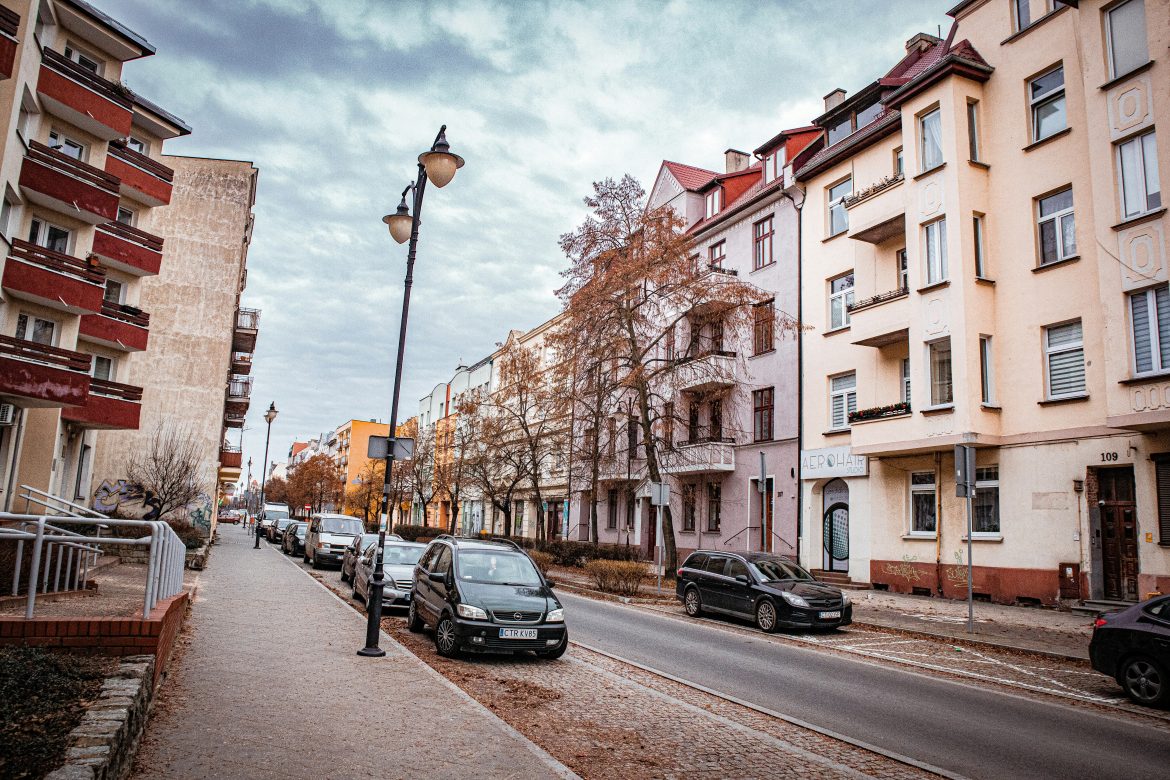Europe is renowned for being a very open market to most car brands across the world, which has been made possible by trade agreements, and relatively low levels of import tariffs. But at the same time, they are heavily guarded by safety and emission concerns that act as thorny issues for new entrants. Nevertheless, the European car market offers over 80 names, including those from traditional European automakers and companies from the USA, Japan, South Korea, China, and India.
Over the last decade, several Asian players have entered the European automobile market and have become major players. By December 2023, there were 37 brands of passenger cars from Asia which were available across Europe with Chinese brands dominating the market followed by Japan, South Korea and one brand from India. However, in spite of a greater availability of Chinese brands, the Chinese automobiles are less in demand compared to Japanese and Korean brands.
Thus, the sales of Asian brands in Europe last year were headed by Japanese brands, which hold 54% of the market share, Korean brands that take 36% of the sales and the Chinese brands which sell only 10% of its automobiles in Europe. However, the Japanese OEMs dominated the overall passenger car registration market, holding 13% of the market, followed by the Korean OEMs with 9%, while the Chinese OEMs had the least, with 3%. Out of 24 Chinese car makers currently featured in Europe, only 9 sell over one thousand units, which could be a challenging task for Chinese makers.
The journey of Asian OEMs to Europe and their evolution has been interesting indeed. First, the Japanese producers started in the 1990s and early 2000s when they adopted localised production and selling competitive manufactured goods that suited the European market. US manufacturers were soon joined by Korean ones that established a massive market share by the late 2000s and early 2010s. Now, Chinese manufacturers have aspirations for equal results of their Asian colleagues, but with an even higher rate. Nonetheless, they are faced with some concerning issues including negative consumer disposition in the western world.
In this regard, Asian origin car manufacturers have continued to gain market ground in Europe’s car market from 14% in 2001 to 24% last year. However, uncertainty still exists in terms of whether the entry of Chinese manufacturers will come at the expense of other Asian players or established European competitors.
Complexity arises when trying to figure out where most of these cars are produced. While most of them are from Japan, like Toyota, they have been assembling most of their cars in Europe and similarly in America but China built cars are also setting in. The European market registered over 520,000 Japanese cars last year, All these cars were manufactured by firms across Japan. In the same regard, Korean and Chinese car manufacturers have also recorded improvement in cars manufactured in their countries and exported to Europe.
In conclusion, although the overall percentage of new passenger car registrations of Asian car brands combined was at 24 percent in Europe last year, the percentage of cars coming from Asia and manufactured by Asian brands was 13 and 11 percent respectively. This multifaceted assessment demonstrates that the European automotive market entails interactions that are not entirely straightforward.



